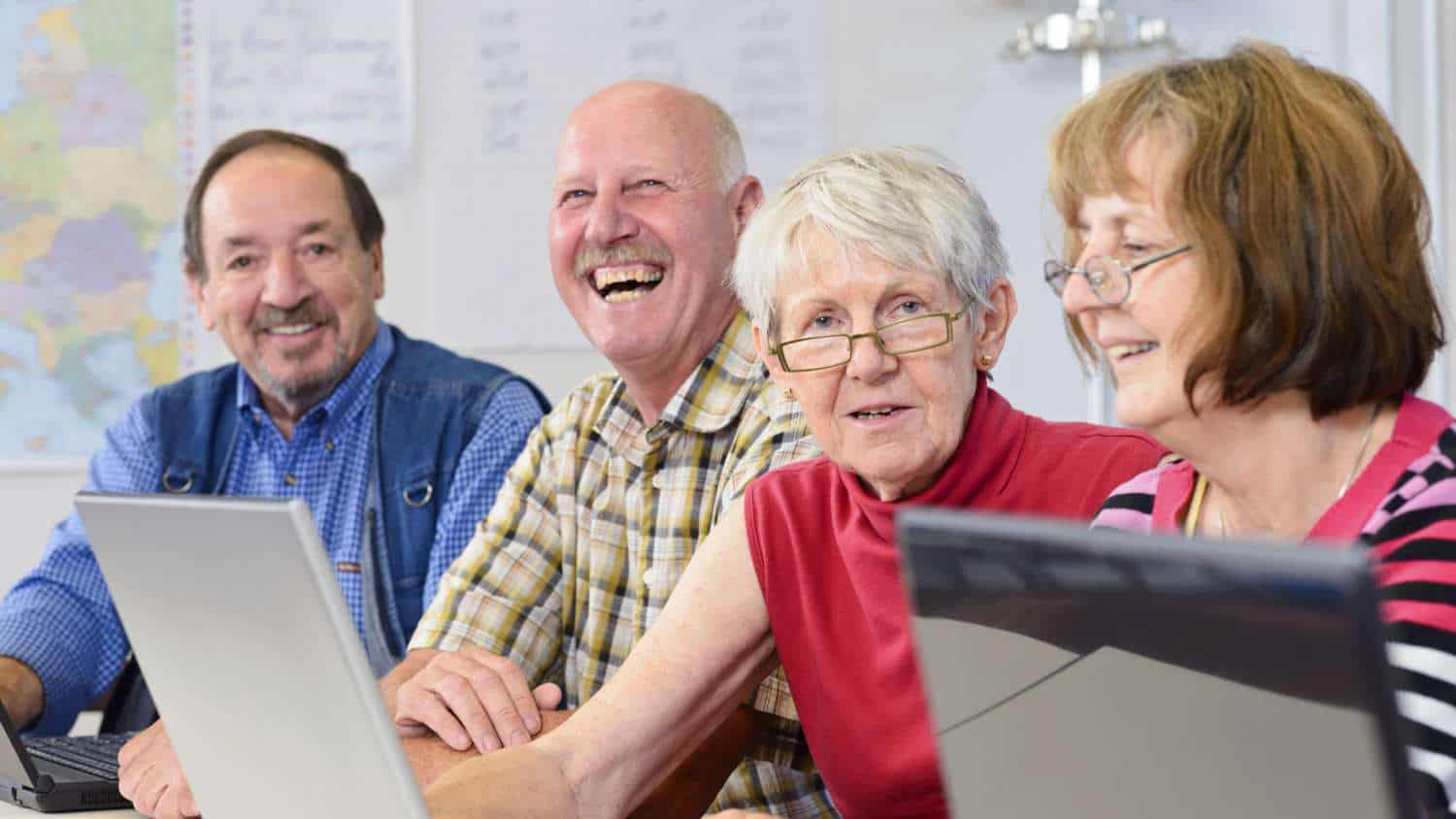Which “Old Woman” Will You Be? How to Become the “Nice” One
When my boys were small, I wanted them to feel comfortable around “old people.” We lived far away from grandparents and had little natural interaction with people older than 30, so I thought that visiting the county nursing home would be a good solution.
My three little ones (ages one, three and five) and I rode the bus, transferred to another and then walked a block or so. We were ready to visit and spread joy.
Two women met us at the door. One, smiling and pleasant. The other, not so smiling and not so pleasant. The “nice” one, patted the boys on the head, asked their names and offered butterscotch candies from a pocket in her dress.
The “other-kind-of-one” snorted. She didn’t move her wheelchair but harrumphed at the attempted conversation of the other woman. None of my boys were eager to approach her and she seemed fine with the distance. My smile was not returned.
Two Types of People
I have noticed over the years that those two women were pretty good examples of people in general. There are Nice Ones. And, there are Other-Kinds-of-Ones.
As we grow older, two things happen. 1) We care less what others think of us. 2) We have less energy to pretend to be any way other than who we really are. Who we are at our core just sort of seeps out of us.
As we age, we become more of who we already are. Pleasant people, interested in others and focused on life beyond their own experiences in their SecondThird (ages 30-60), turn out to be pleasant and interesting and “nice” in their ThirdThird (ages 60-90).
People who choose to be self-oriented and exclusive, condescending and pessimistic when they are younger, end up being the “other-kinds-of-ones” as they age.
This is not random.
Barring some rare personality changing occurrence, we will just gradually become a purer and more condensed version of ourselves.
With intention and purpose, we can become what we want to be like. Here are three ways we can choose how we want to be remembered.
Ask More, Tell Less
Choose to ask more than tell so people will want to visit with you.
The longer we live, the more stories we have to tell. But, telling a story that is not interesting to the listener is, at best, boring! To find ways to engage in a compelling way, ask questions rather than give solutions.
The more we ask and are genuinely interested, the more others will want to know what we have to share. Then, the door is opened welcomingly for us to share our insights and examples.
Asking good questions requires good listening. Open-ended questions are always good ones for stimulating conversation!
How is it that you came to live in our city?
What is the most memorable trip that you have made?
The color you are wearing is beautiful on you! How did you figure out your best palette?
Think Positively
Choose to think the best so people will want to hear your thoughts.
Assuming the worst is a trait that can creep up slowly. It can be easy to sigh and remember dismal outcomes. After a few years as an adult, the reality of bad things happening is part of life. Always seeing the glass as half-empty might become a trait that isn’t so nice when is seeps out.
Honestly, sometimes being positive and thinking the best is a challenge. Once we are over 60, we’ve had some experience with unfortunate outcomes, no matter who we are. But no one wants to hear the worst-case scenario, over and over.
Assuming that people can change, believing that the tide can turn, identifying the strengths in others, giving encouragement to try again is attractive at any age.
Keep Learning
Choose to be informed so people will want to know your perspective.
Life is changing so fast! I remember being amazed that my grandmother went from the days of horse-and-buggy to jet airplanes. But my generation has gone from black and white television to a telephone in my pocket that will give me the whole world in full color at any time! That’s a lot of adapting and learning.
And, we’re not done yet.
There’s more to learn and more to know and more to experience. There is no way I can keep up with my younger colleagues in their technical proficiency. No way can I master my grandchildren’s video games. But, I can watch and learn enough to be able to enhance and appreciate the things I don’t quite grasp.
The other day, a young entrepreneur invited me to brunch to thank me for all my help with his startup. My contributions? Connections. And a willingness to let him run some ideas by me to get my opinion. I know just enough to have a conversation about his business, but now I’m getting to know him as a person. And as a friend.
Being “nice” is not the goal. The goal is to be the kind of person you intentionally want to be.
I doubt I will have pockets full of butterscotch candies when I’m 90, but I do intend to be a woman who is approachable and who has things to add to a conversation!
So, which old woman do you want to be? What can you be choosing to do now to ensure that you will, indeed, be that old woman? What are some of your best open-ended questions for good listening? Please share your thoughts in the comments.
Tags Getting Older







I am so glad to read this. The potential to have a choice is very encouraging and uplifting.